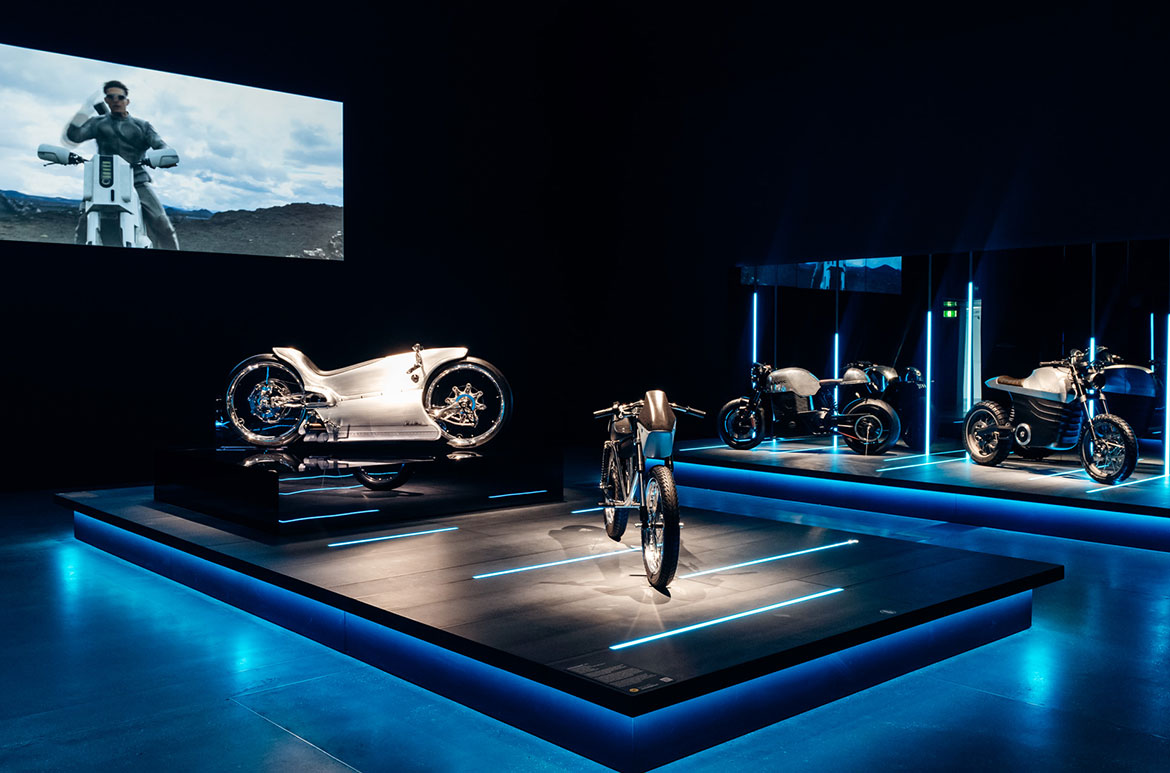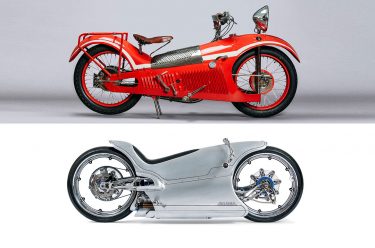The introduction of today’s battery-powered engines has changed the fundamentals of motorcycle design. Although internal combustion engines have driven most motorcycles since the first commercially produced models entered the market in 1894, even then visionary inventors recognised the benefits of electricity over gasoline. In subsequent years, however, electric motorcycles were only considered at moments when gasoline became scarce — as exemplified by the 1942 Socovel Electric.
Throughout the twentieth century, such innovative designs could not complete against the internal combustion engine. Fifteen litres of fuel in an average-sized tank always offered more stored energy, lower cost and greater range than any battery of the day.
In the twenty-first century, barriers to an electrically powered future are disappearing rapidly. Viable electric powerplants now present new design opportunities. Many conventional components of the traditional motorcycle — fuel tank, radiator and exhaust pipes — are suddenly redundant.
‘The Motorcycle’ exhibition was in Brisbane’s Gallery of Modern Art (GOMA) from 28 November 2020 until 26 April 2021.
DELVE DEEPER: Browse the FULL LIST OF MOTORCYCLES from humble origins to cutting-edge prototypes
RELATED: READ MORE ABOUT THE BIKES ON DISPLAY
Socovel Electric c.1942
The Socovel Electric was the world’s first mass-produced electric motorcycle. The company was founded in Brussels in the 1930s by brothers Maurice and Albert de Limelette. With more than 1000 units produced, these electric motorcycles were successful, but on a small scale. Three crossways-mounted, 12-volt batteries powered a 48-volt motor that was bolted on behind.
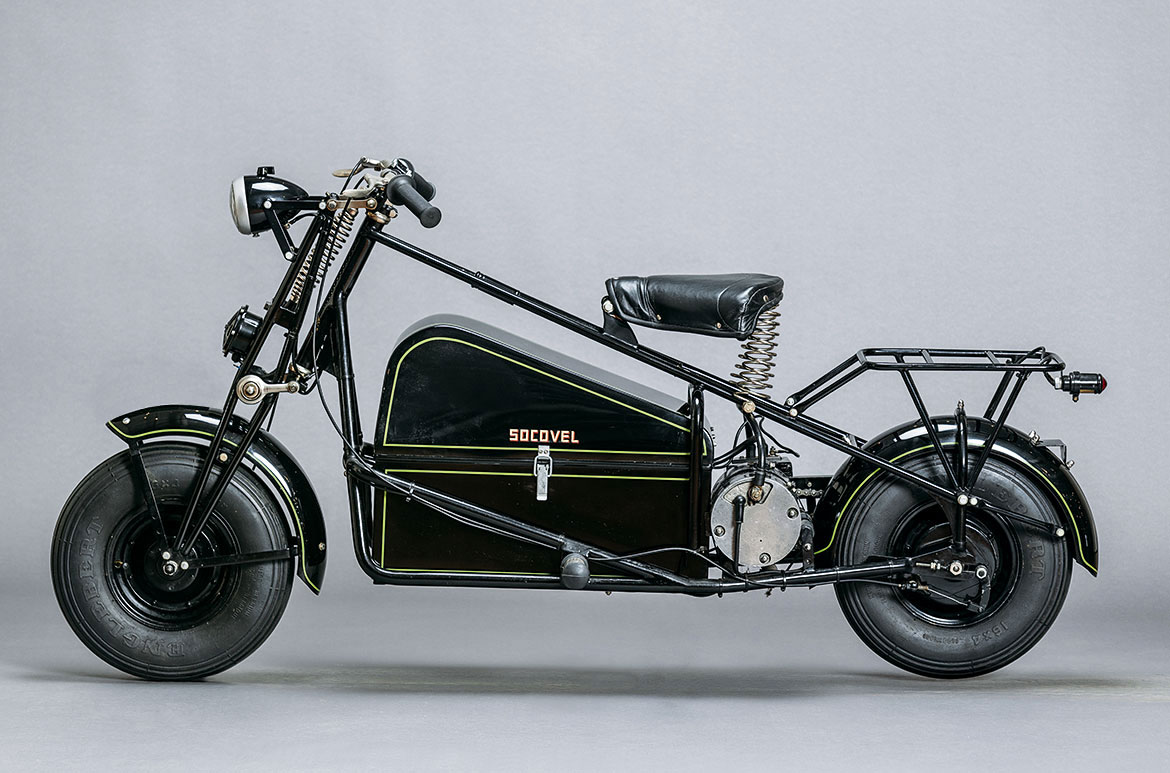
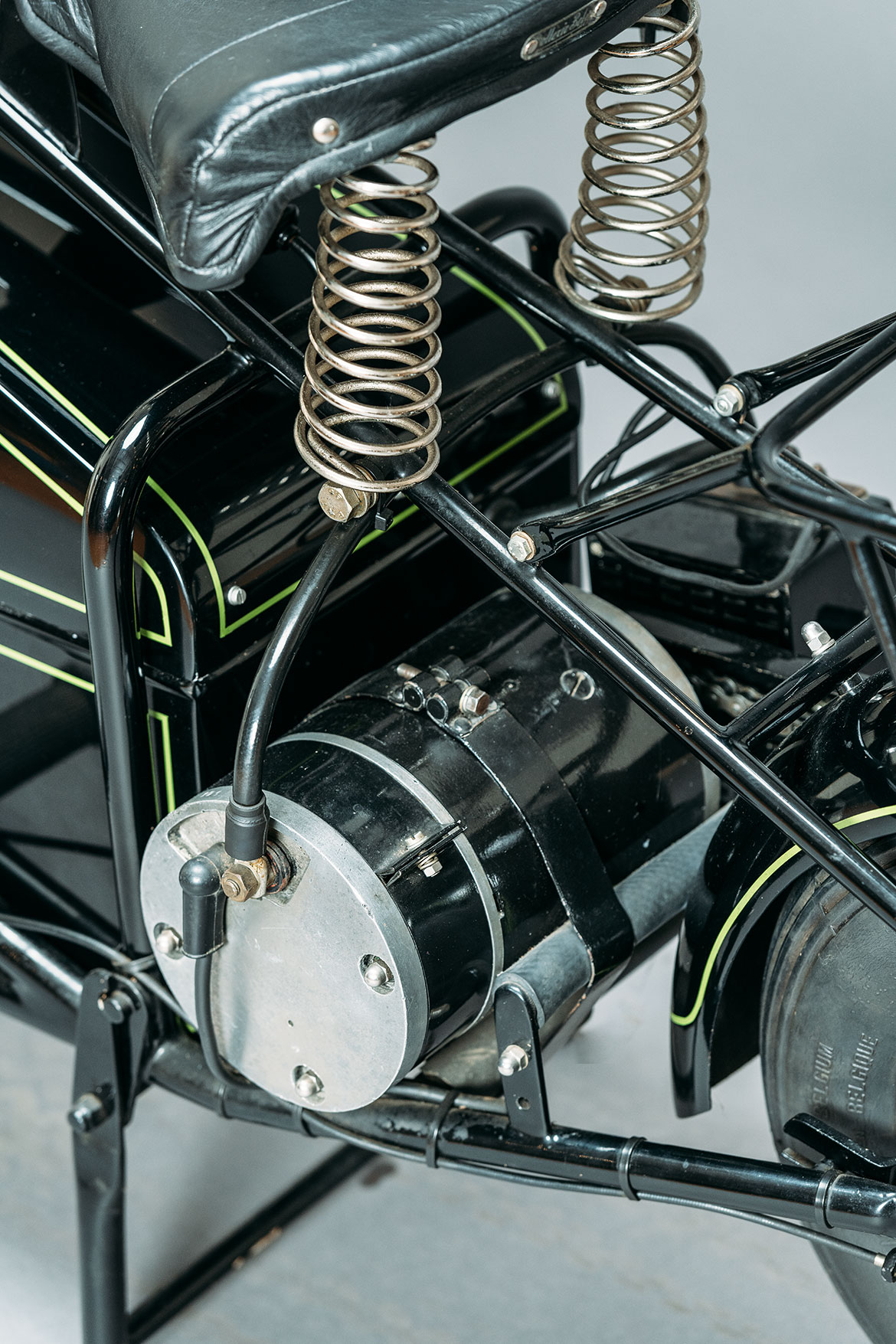
Socovel Electric Specifications
Country: Belgium
Power: 0.9 kW (1 hp)
Engine: Electric motor with 1.6 kWh battery
Designer: Maurice de Limelette
Production: 1936-1948
Interesting facts
- The Socovel Electric gained prominence during the German occupation of Belgium in World War Two, when rationing saw petrol in limited supply. After the war, restrictions were lifted and Socovel continued to produce electric motorcycles, but they shifted their focus to more conventional two-stroke petrol engines. With a recent shift towards the production of electric motorcycles, the Socovel is retrospectively considered ahead of its time.
- The Socovel recorded a range of around 40 km and a top speed of 32 km/h. Its batteries weighed 90kg, resulting in an overall weight of 200 kg.
Savic C-Series 2020
The motorcycle industry is embracing electric technology, with electric vehicles entering the market at an increasing rate. Savic Motorcycles founder Dennis Savic describes the Savic C-Series – Australia’s first full-size electric motorcycle – as ‘a unique offering with the most advanced features and functionality that the materials, engineering, electronic controls, electrical technology and 3D printing can offer today’.
AUSTRALIAN DESIGNED: READ ABOUT OUR LOCAL MOTORCYCLE HISTORY
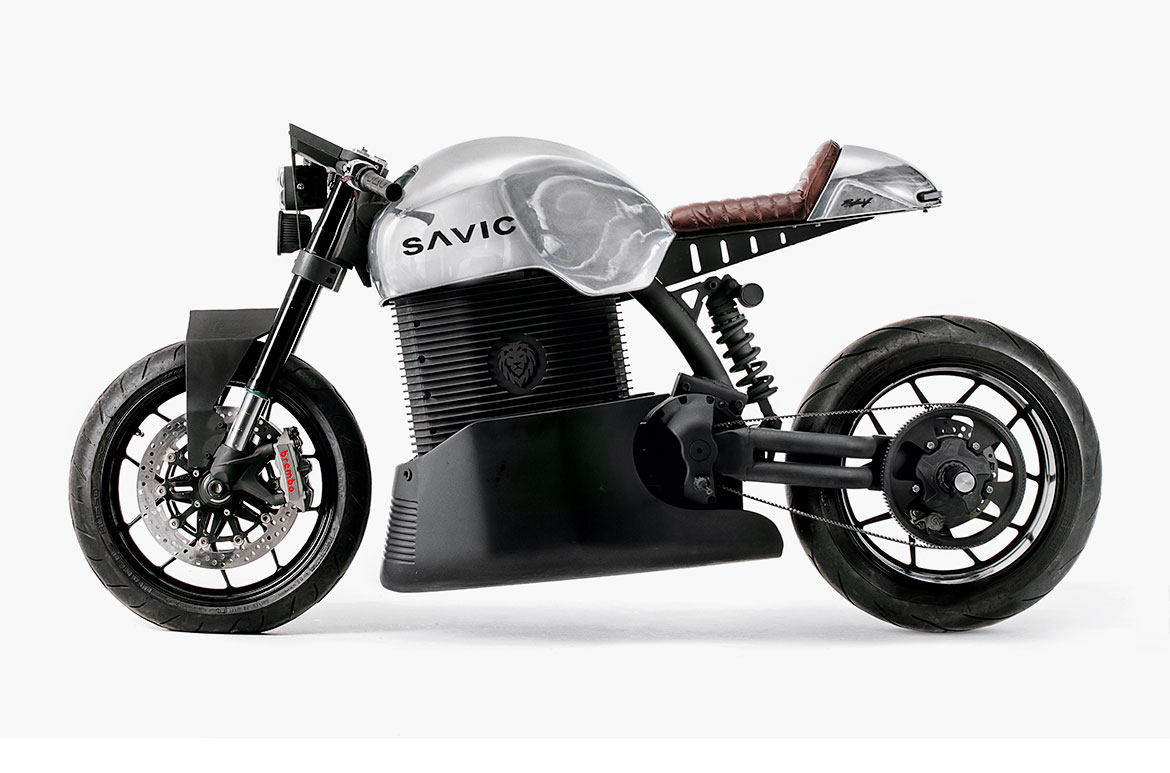
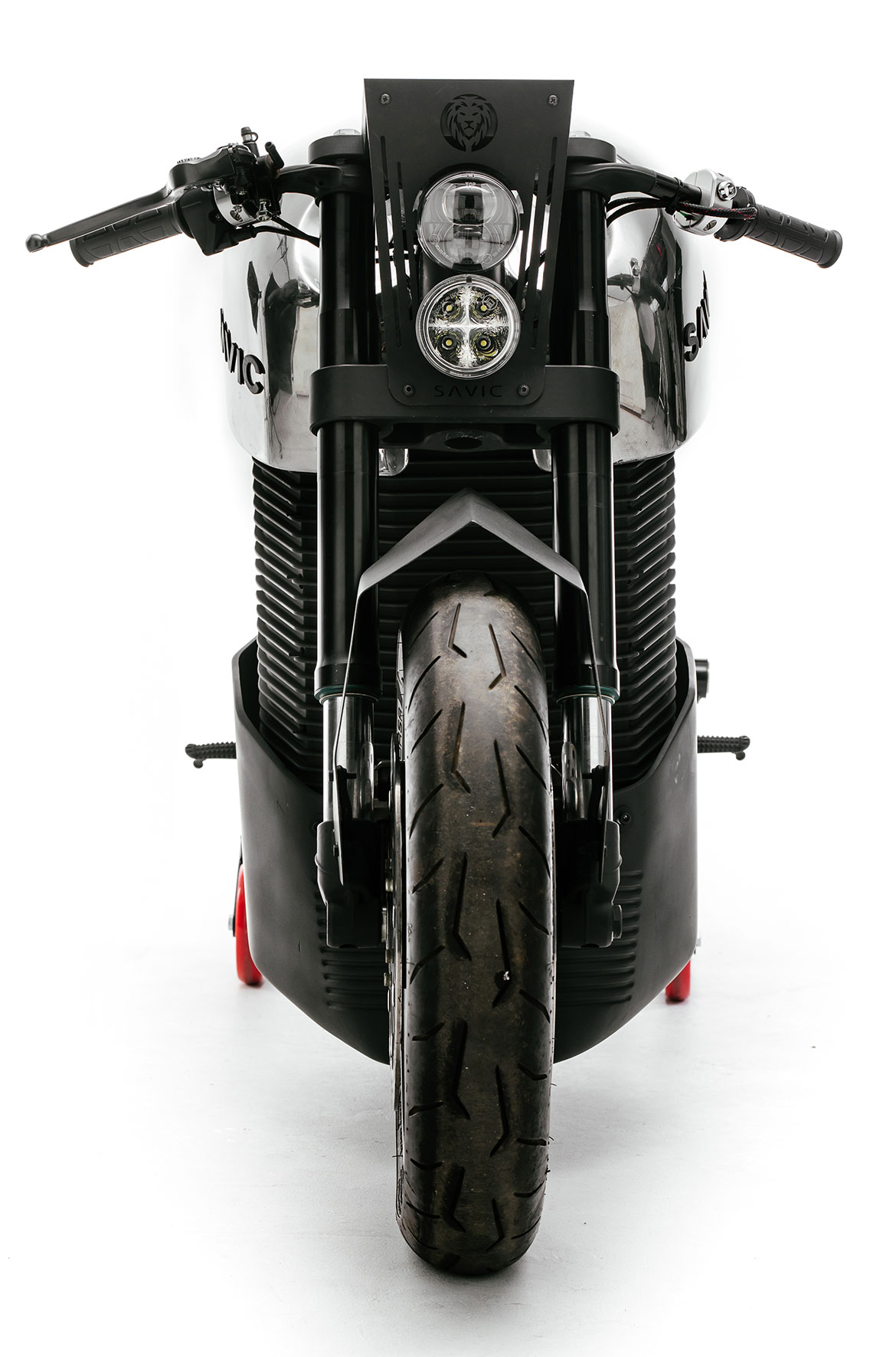

Savic C-Series Specifications
Country: Australia
Power: 60 kW (80 hp)
Engine: Electric motor with 11 kWh battery
Designer: Dennis Savic
Production: 2020-present
Interesting facts
- Savic Motorcycles is one of many emerging Australian electric motorcycle companies.
- Dennis Savic spent more than 650 hours designing and building the prototyle for the Savic C-Series.
- The Savic C-Series combines advanced technology with the classic styling of a café racer – a type of custom motorcycle that first appeared in 1950s and 1960s Britain. These motorcycles were prominent in the Rocker or ‘Ton-Up Boy’ youth subculture of the time, and were used mainly for short trips between popular cafés. In postwar Britain, many people were unable to afford a car, and motorcycles offered an alternative means of urban transportation. As the country became more prosperous in the late 1950s, the café racer became more symbolic of speed, status and rebellion. Today, the café racer is known for its stripped-down style, which makes it a lightweight, powerful motorcycle optimised for speed and handling.
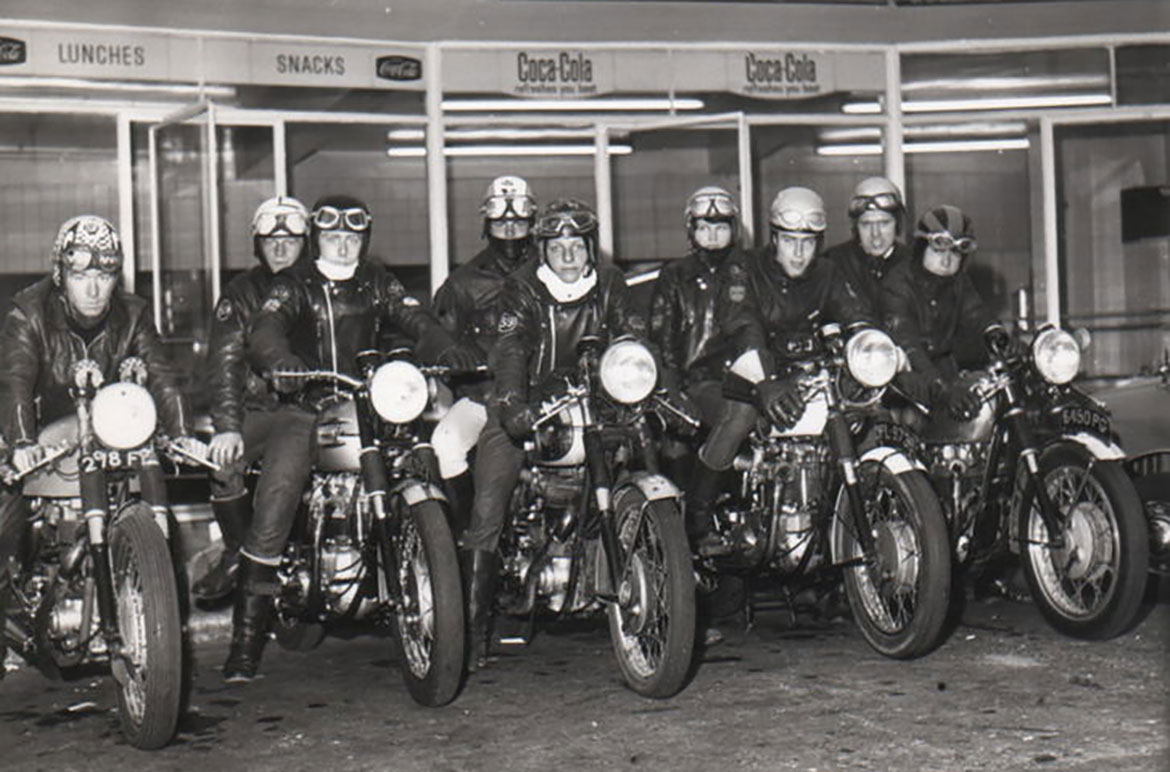
Read more about Motorcycles / Subscribe to QAGOMA YouTube to go behind-the-scenes
Show off your ride with #MotorcycleGOMA #QAGOMA
